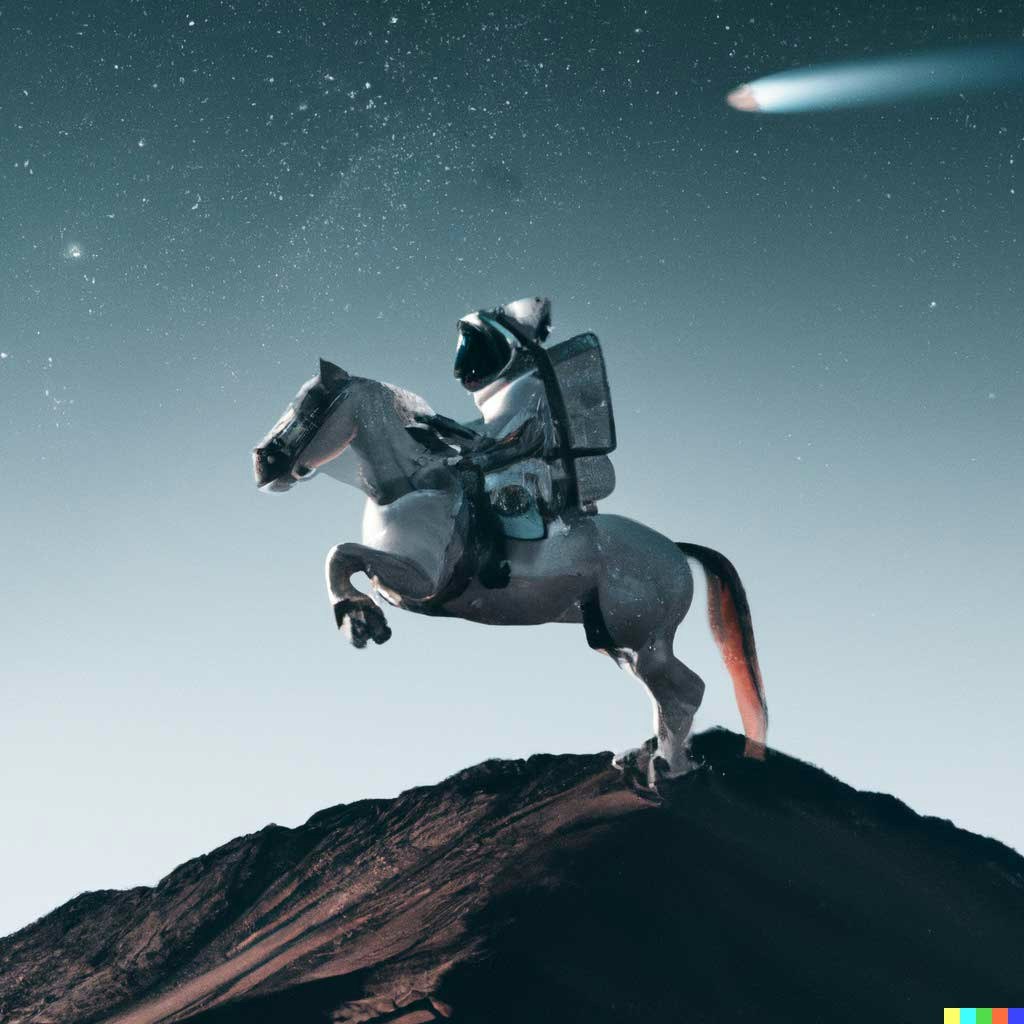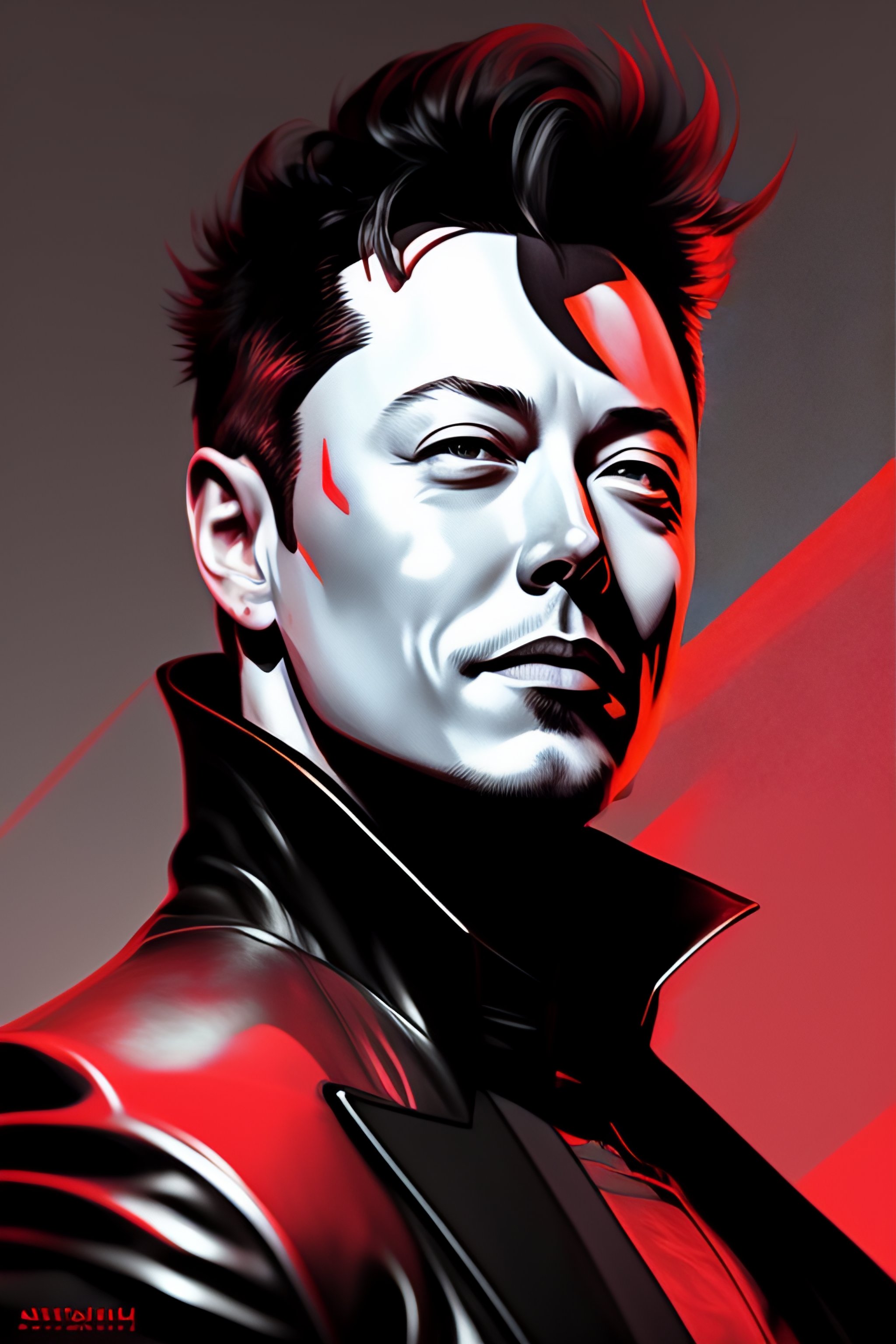AI art has its roots in the early days of computer art and digital media, but it was not until the last decade or so that it gained widespread recognition. In the early 2000s, artists and researchers began experimenting with machine learning techniques to generate images, music, and other forms of media. Advancements in machine learning, deep learning, and neural networks have led to the emergence of a new generation of AI artists. Most notably among these advancements, the release of Stable Diffusion. Today, AI art is a rapidly evolving field with a growing number of practitioners and exhibitions around the world.
options to spot ai art
- Look for a watermark
- Manual visual inspection
- Use a AI art detection tool
watermarks
Some AI art generator leave visible watermarks on the picture. An example for this is the DALLE 2.

DALLE2 Watermark Example
On the bottom right corner one can see the characteristic watermark for DALLE 2 generated ai art.
visual inspection
Spotting AI-generated art can sometimes be challenging, as the output of AI algorithms can be quite convincing. However, there are a few visual cues that can help you identify AI-generated art:
-
Repetitive Patterns: AI algorithms often rely on repeating patterns or motifs in their creations. Look for identical or similar patterns repeated throughout the artwork.
-
Perfect Symmetry: AI algorithms are often programmed to create perfectly symmetrical images, so look for images that are mirrored or repeated with exact precision.
-
Unnatural Color Schemes: AI algorithms may create color schemes that are unusual or unnatural, such as bright neon colors or muted pastels.
-
Lack of Details: AI-generated images may lack the fine details and imperfections that are present in human-created art. Look for smooth, perfectly rendered surfaces or overly simplified shapes.
-
Unusual Perspective: AI algorithms may produce images with unusual or distorted perspectives, such as objects that appear too large or too small in relation to their surroundings.
-
High level of Realism: While AI-generated art may lack some of the details and imperfections found in human-created art, it can also appear extremely realistic and detailed, even surpassing human abilities in some cases.

AI Art Visual Inspection
It is important to note that not all AI-generated art will exhibit all of these characteristics, and some human-created art may exhibit some of these characteristics as well. However, with enough training one can easily spot an AI generated image visually.
ai art detection tool

The Illuminarty AI Art detector
There are several tools available that can help you identify whether an artwork is AI-generated or not. Sometimes such tools are called AI detector, GAN detector or AI art detector:
-
Reverse Image Search: You can use reverse image search engines like Google Images or TinEye to find similar images online. If the same image appears in multiple places with different titles or artist names, it could be an indication that the image is generated by an AI algorithm.
-
DALL-E 2 Detector: OpenAI has released a tool called DALL-E 2 Detector, which can identify whether an image was created by their DALL-E 2 algorithm or not. You can upload an image to the website, and the tool will analyze it to determine whether it is AI-generated or not.
-
Illuminarty.AI: Illuminarty is an online tool that allows users to identify whether an image was created by any of the popular AI art generators such as Stable Diffusion, Dall-E, Midjourney as well as many other niche generators. You can upload an image to the website, and the tool will analyze it to determine whether it is AI-generated or not.
It is important to note that these tools are not always 100% accurate, and there may be some false positives or false negatives. However, they can be a useful starting point for identifying AI-generated art.